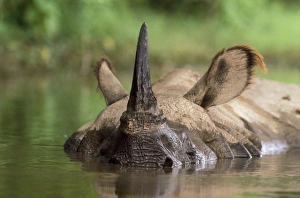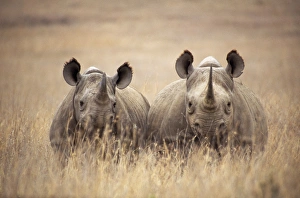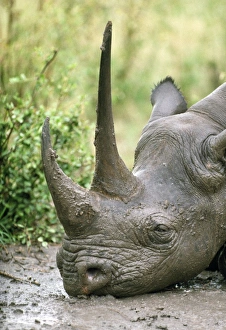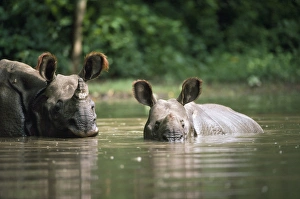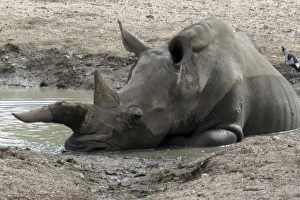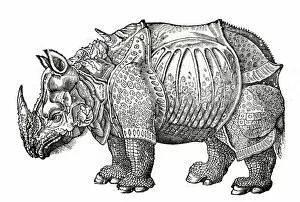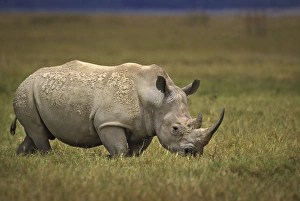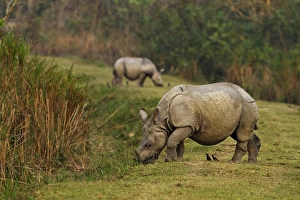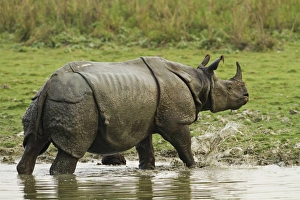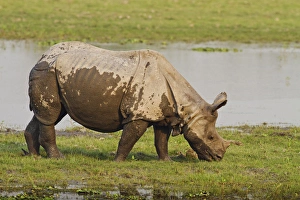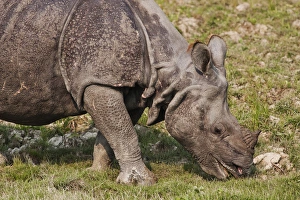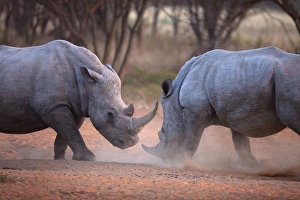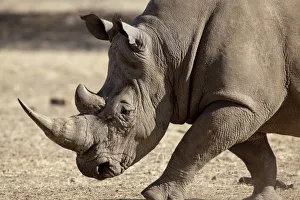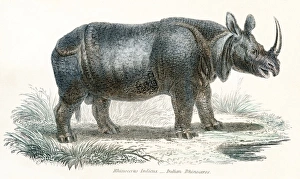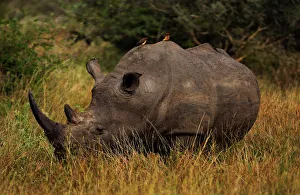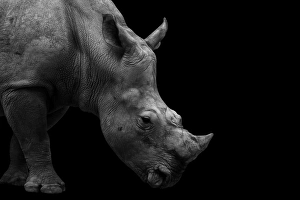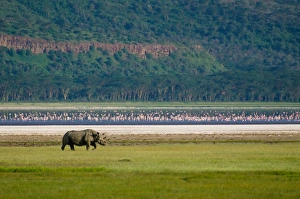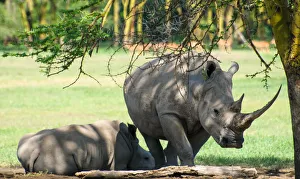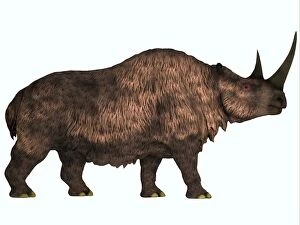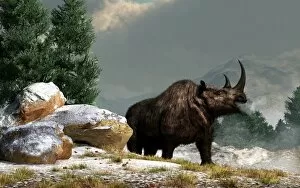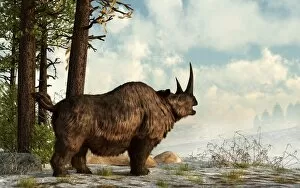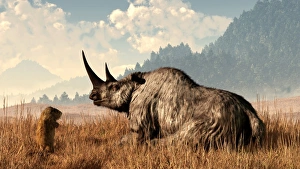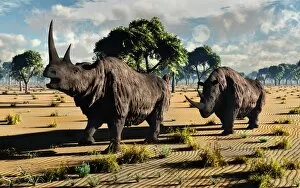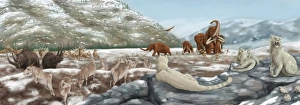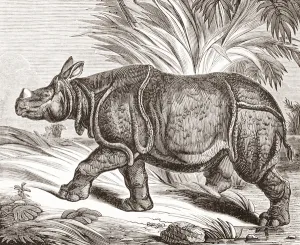Rhino Collection (page 14)
"Unveiling the Ancient Rhinoceros: A Journey Through Art and Time" Step back in time to the Stone Age, where our fascination with rhinos began
All Professionally Made to Order for Quick Shipping
"Unveiling the Ancient Rhinoceros: A Journey Through Art and Time" Step back in time to the Stone Age, where our fascination with rhinos began. From the captivating cave paintings of Chauvet, France, we glimpse into a world where early humans immortalized these majestic creatures on rock walls. Fast forward to Renaissance Europe, where Albrecht Dürer's iconic depiction of a rhinoceros captivated imaginations. His intricate woodcut engraving brought this exotic creature to life for those who had never laid eyes upon it. Traveling further across continents, Thomas Baines' masterpiece "The Black Rhinoceros Charging" transports us to Africa's untamed wilderness. With every brushstroke, he captures the raw power and intensity of this magnificent beast. Returning once again to Chauvet Cave in France, we are reminded of the enduring legacy left by our ancestors as they depicted rhinos with reverence and awe. Their art serves as a testament to humanity's timeless connection with nature. Venturing deeper into history, Conrad Gesner's 1551 illustration reveals an armored rhino inspired by Dürer's work. This fusion of imagination and observation showcases how art can shape our perception of these incredible animals. In Namibia's Etosha National Park, witness firsthand the sheer force behind a charging adult male black rhino. Its thunderous footsteps echo through time as it defends its territory against all odds. Kenya beckons us next, where two hooked-lipped black rhinos graze peacefully amidst long grasses. Their presence reminds us that even in their vulnerable state today, they continue to inspire wonder and admiration. Lastly, let us not forget the woolly rhinoceros from prehistoric times—a species now extinct but forever etched in our collective memory. These ancient giants roamed icy landscapes alongside mammoths during Earth’s distant past.

